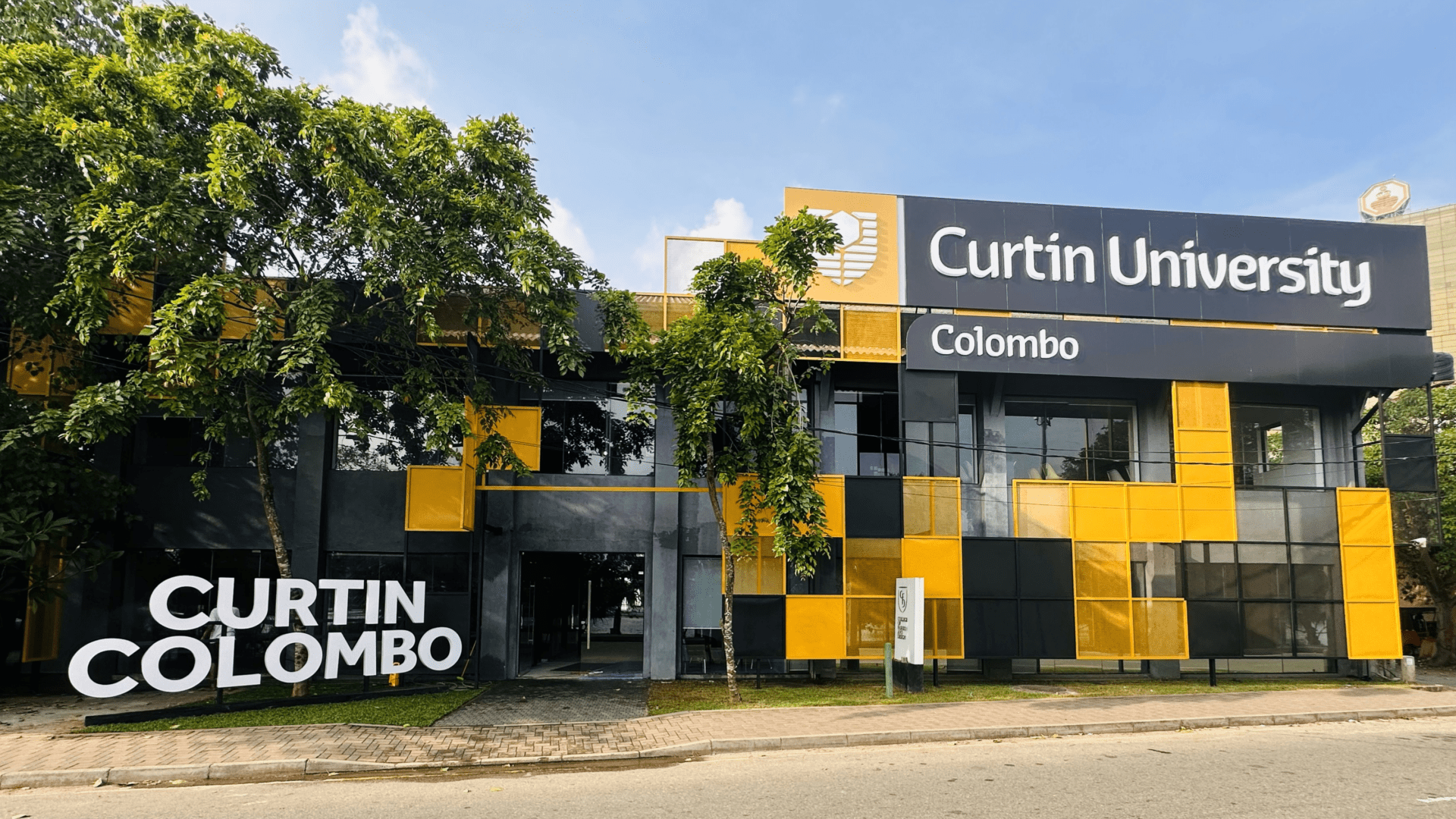Curtin researchers develop new software to track and improve teamwork

Curtin University researchers have developed a new web-based tool that can track and measure teamwork in ‘real-time’, potentially improving workplace practices for teams and helping them to be more effective.
The research, published in Small Group Research, introduced and evaluated a new software, called Communication Analysis Tool (CAT), which measures, analyses and visualises team members working together on important tasks, such as when surgical teams work directly on patients in the operating theatre.
Lead author Dr Florian Klonek, from the Centre for Transformative Work Design based at Curtin’s Future of Work Institute, said CAT had the potential to drastically improve the efficiency and effectiveness of research on team collaboration processes within organisations.
“CAT was developed from a healthcare field research project where we observed the ways teams exchanged information when trying to diagnose patients who suffer from complex and rare diseases. It soon became clear we needed a way to better understand these interactions and help teams work together more effectively,” Dr Klonek said.
“CAT helps to identify team communication patterns which are important for team effectiveness. The researchers have used the software to ‘code’ and track the specific time points of knowledge sharing behaviours for each meeting. The software then produces a data dashboard which provides immediate feedback to the team and allows them to implement practical changes.
“The software solves a widespread problem, in that good teamwork and communication are fundamental to the performance of an organisation, but often managers and executives find these things somewhat ‘fluffy’ topics that are intangible and difficult to measure.”
Dr Klonek said the new software had important practical implications for understanding how teams who operated in the ‘wild’, such as military and flight crews, worked together.
“We found that traditional methods like using surveys can be too disruptive or obtrusive and only provides very limited insights. Also automated approaches such as voice analysis are less reliable and only work in tightly controlled and small-space laboratory environments, whereas CAT is more suitable for doing research within ‘messy’ team environments,” Dr Klonek said.
“CAT also reduces the time spent for recording and analysing data, which allows ‘real-time’ feedback and immediate translation of research, which in turn can improve teamwork efficiency.”
The research was co-authored by researchers from the Centre for Transformative Work Design based at Curtin’s Future of Work Institute and the University of Hamburg in Germany.
The paper titled ‘Capturing Team Dynamics in the Wild: The Communication Analysis Tool,’ can be found online here.



